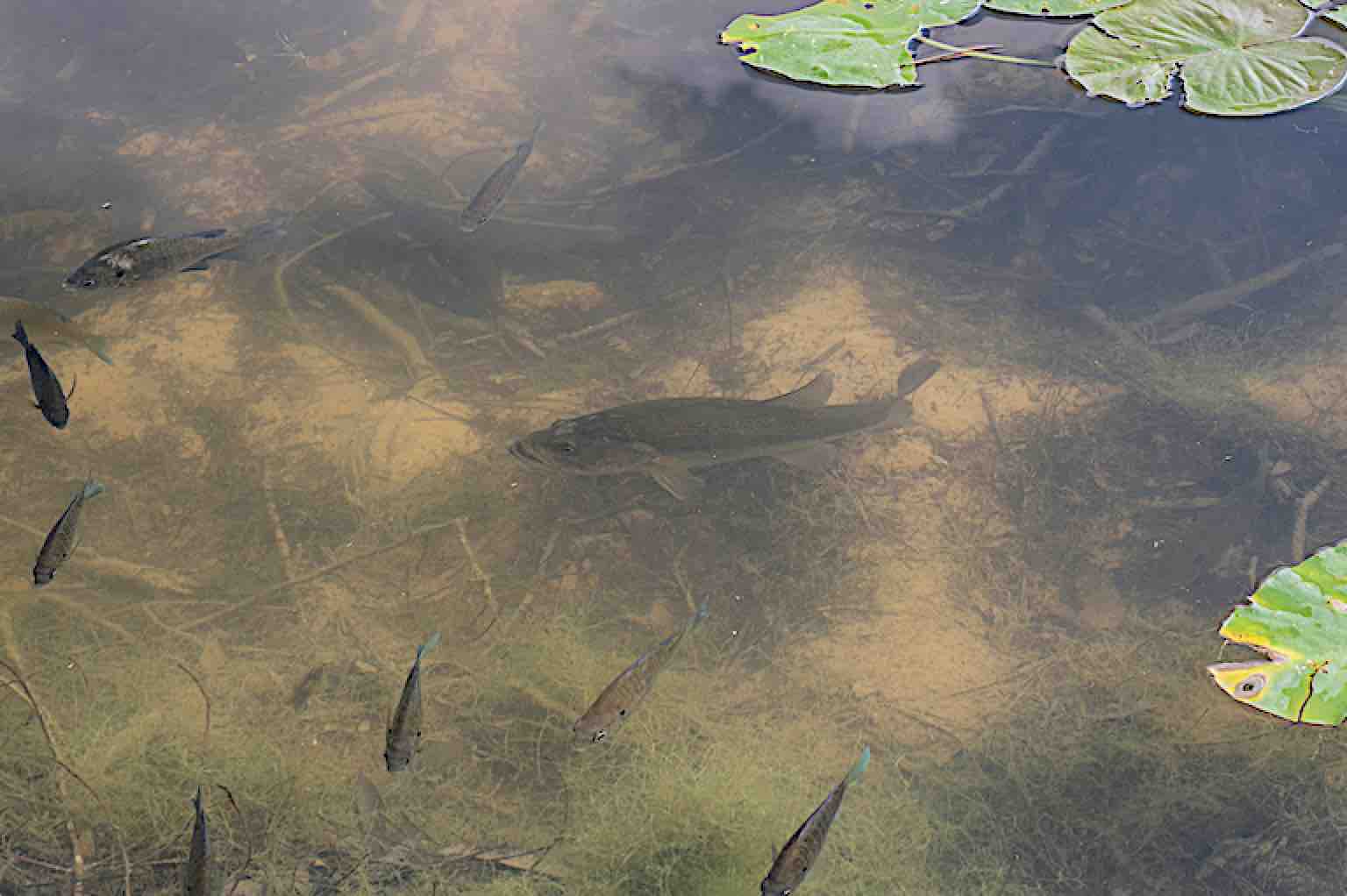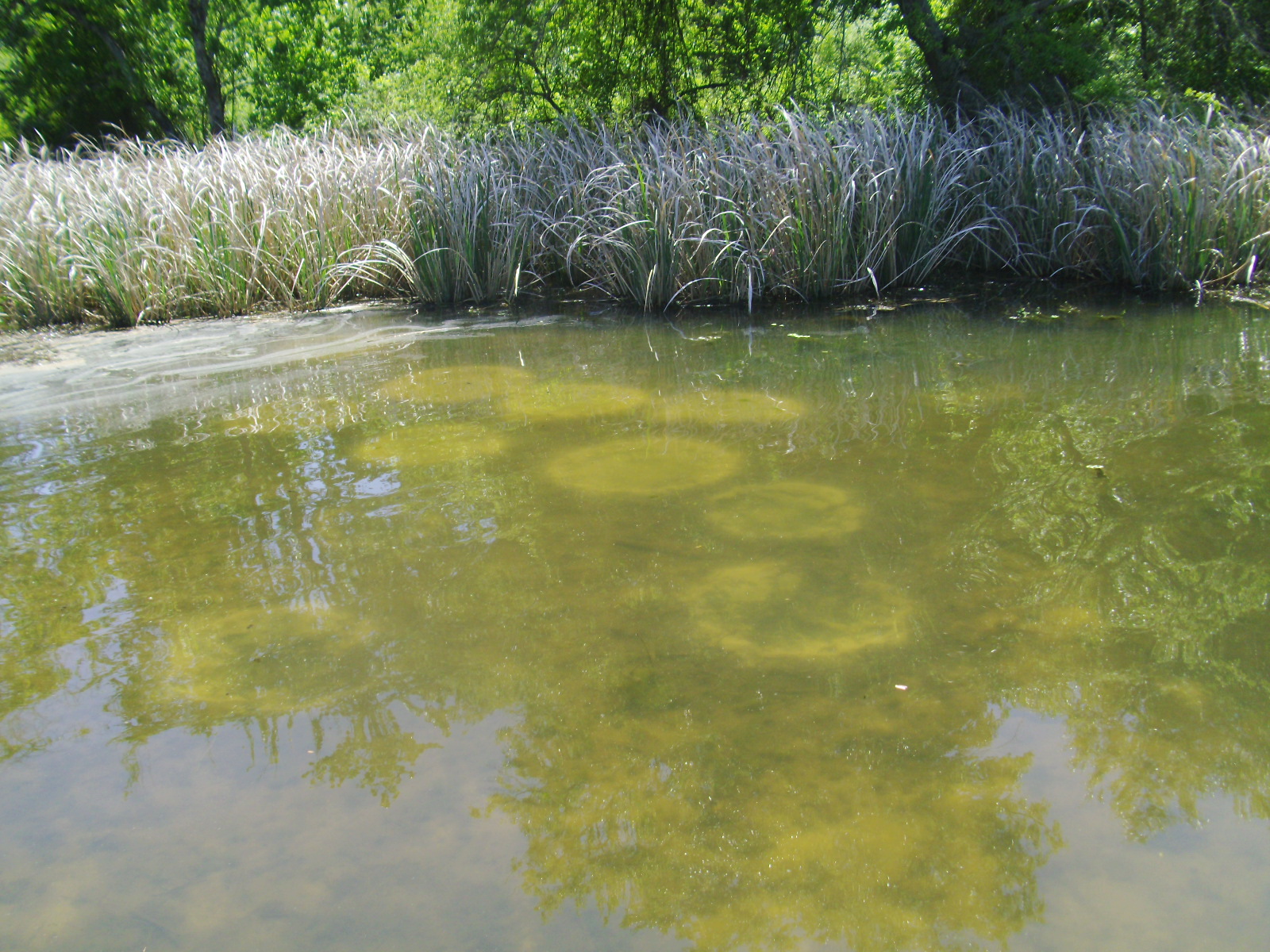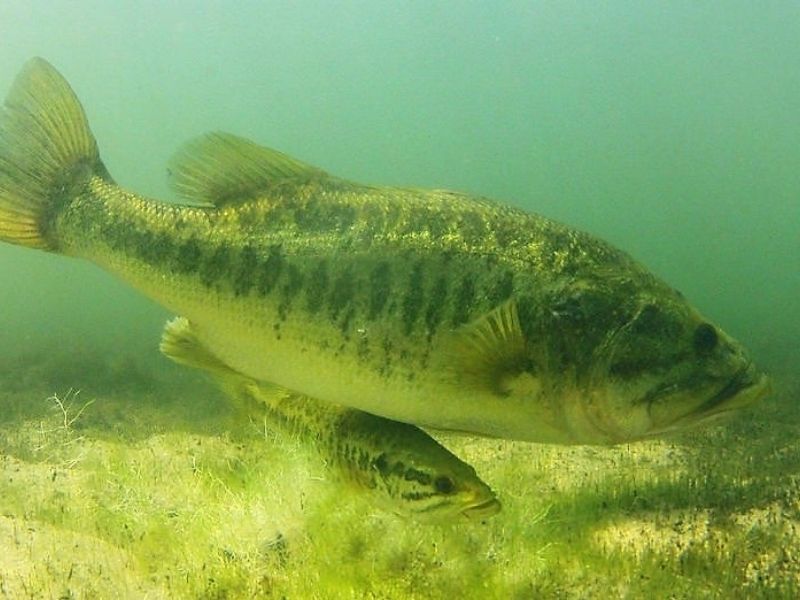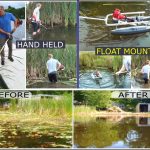For fishing enthusiasts and pond owners, understanding the spawning habits of bass is crucial for managing and enjoying their ponds to the fullest. Bass spawning is a fascinating and critical aspect of their life cycle, and knowing when it occurs can significantly impact fishing success and pond management strategies. In this comprehensive guide, we will delve into the timing and factors influencing bass spawning in ponds.

Credit: www.gameandfishmag.com
The Bass Spawning Cycle
Bass, like many other fish species, have a specific spawning season. The exact timing can vary based on geographical location, water temperature, and environmental conditions. Typically, bass spawning occurs during the spring months, when water temperatures range between 60 to 75 degrees Fahrenheit. This period is crucial for the continuation of the bass population, as it marks the time when they lay and fertilize their eggs. If you want to know more about how long do bass live in a pond then check our article.
Factors Influencing Bass Spawning in Ponds
Several factors can influence the timing of bass spawning in ponds. Understanding these factors can help pond owners and anglers predict and prepare for the spawning season.
- Water Temperature: As mentioned earlier, water temperature plays a significant role in triggering the bass spawning season. When the water temperature reaches the ideal range of 60 to 75 degrees Fahrenheit, bass are prompted to begin their spawning rituals.
- Day Length: The length of daylight hours can also influence bass spawning. Longer daylight hours signal to the bass that it’s time to start the spawning process.
- Food Availability: What do pond bass eat? Well, mostly pond bass eat adequate food. So, adequate food availability is crucial for bass to have the energy needed for spawning. Ponds with a healthy and diverse ecosystem can support successful bass spawning.
- Water Quality: Clean and well-oxygenated water is essential for successful bass spawning. Poor water quality can negatively impact the survival rates of bass eggs and fry.
Understanding Bass Spawning Behavior
Before we discuss the specific timing of bass spawning, it’s essential to understand the typical behavior exhibited by bass during the spawning season. This insight can help pond owners and anglers identify the signs of spawning activity in their ponds.
During the pre-spawn period, male and female bass move into shallower waters in preparation for spawning. The male bass will scout and prepare nesting sites, which are typically located in sandy or gravelly areas with some vegetation. Once the nests are ready, the female bass will lay her eggs, and the male bass will fertilize them. The male then guards the nest and the eggs, often becoming territorial and aggressive towards intruders.

Credit: maumeetackle.net
Timing of Bass Spawning in Ponds
The exact timing of bass spawning in ponds can vary based on the geographical location and prevailing weather conditions. In general, however, bass spawning in ponds typically occurs in the early to late spring months, usually when the water temperature reaches the 60 to 75 degrees Fahrenheit range.
For pond owners and anglers in the northern regions, bass spawning may occur later in the spring, often in May or early June, as the water takes longer to warm up. In contrast, those in the southern regions may witness bass spawning as early as March or April when the water temperatures rise more quickly.
Managing Bass Spawning in Ponds
For pond owners interested in managing bass spawning in their ponds, there are several strategies that can be employed to ensure the success and sustainability of the bass population.
- Habitat Enhancement: Creating and maintaining suitable spawning habitats, such as shallow areas with gravel and vegetation, can encourage successful bass spawning in ponds.
- Water Quality Management: Regularly monitoring and maintaining good water quality is essential for supporting healthy bass spawning. This includes managing nutrient levels, oxygenation, and minimizing pollutants.
- Fish Stocking: Introducing and maintaining a balanced population of predator and prey fish species can contribute to a healthy and sustainable bass population in ponds.
- Spawning Protection: During the spawning season, it’s important to minimize disturbances near the nesting sites to prevent stress and potential abandonment of the eggs by the male bass.
Implications for Fishing
Understanding the timing of bass spawning in ponds can have significant implications for fishing activities. During the spawning season, bass are often preoccupied with the spawning process and may exhibit different feeding behaviors. Anglers should be mindful of the spawning period and consider practicing catch-and-release to allow the bass population to replenish.
Additionally, identifying the locations of spawning beds can help anglers avoid disrupting the spawning process and contribute to the conservation of the bass population in ponds.
Frequently Asked Questions
Final Words
In conclusion, bass spawning in ponds is a natural and essential process that significantly impacts the health and sustainability of the bass population. By understanding the factors influencing bass spawning, the typical behavior exhibited during the spawning season, and the timing of spawning in ponds, pond owners and anglers can make informed decisions to support successful bass spawning and contribute to the overall conservation of these prized fish.
Managing bass spawning in ponds requires a combination of habitat enhancement, water quality management, and responsible fishing practices. By implementing these strategies, pond owners can create an environment that supports the natural spawning behaviors of bass while also providing ample opportunities for anglers to enjoy the thrill of bass fishing in their ponds.





